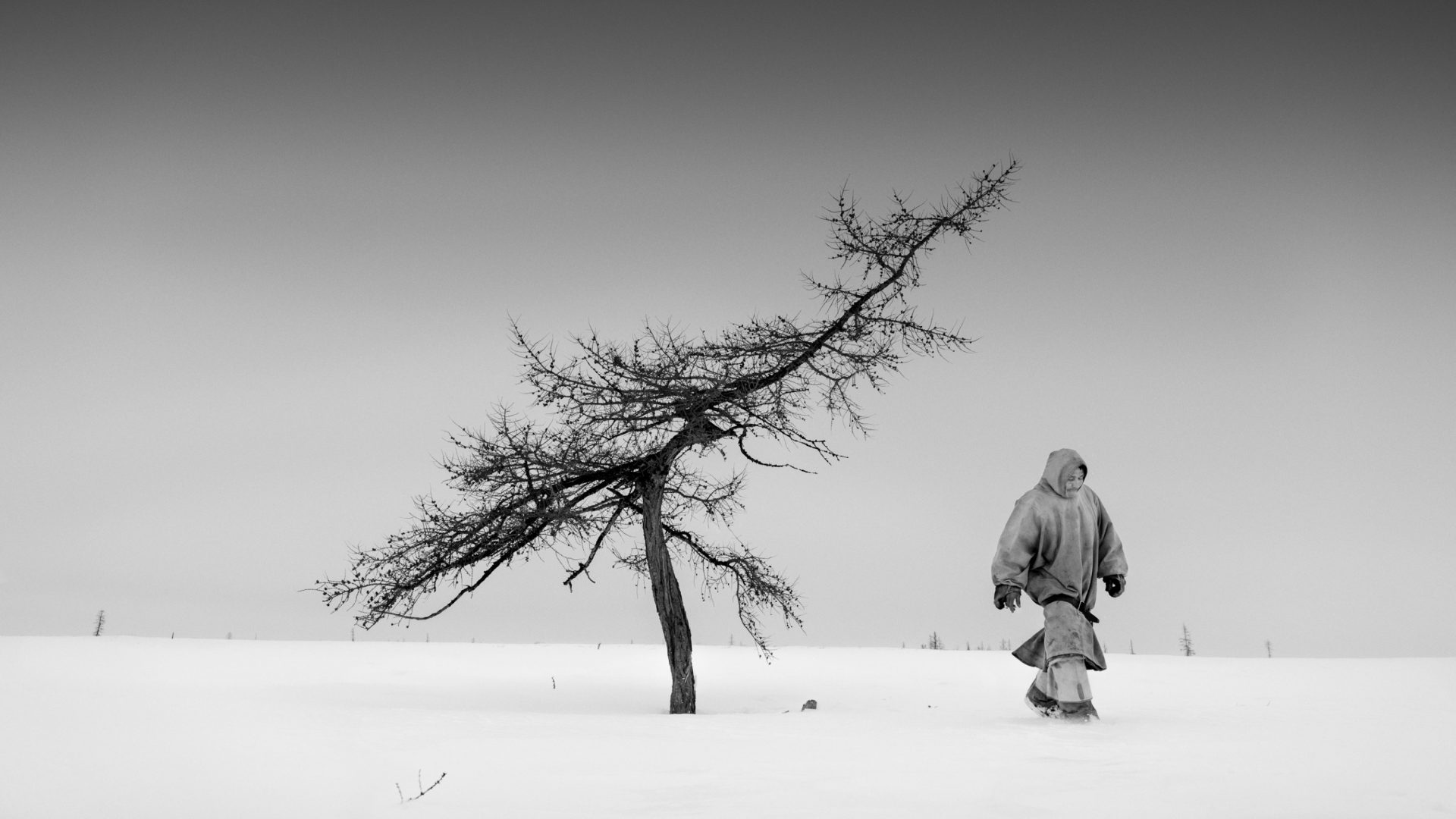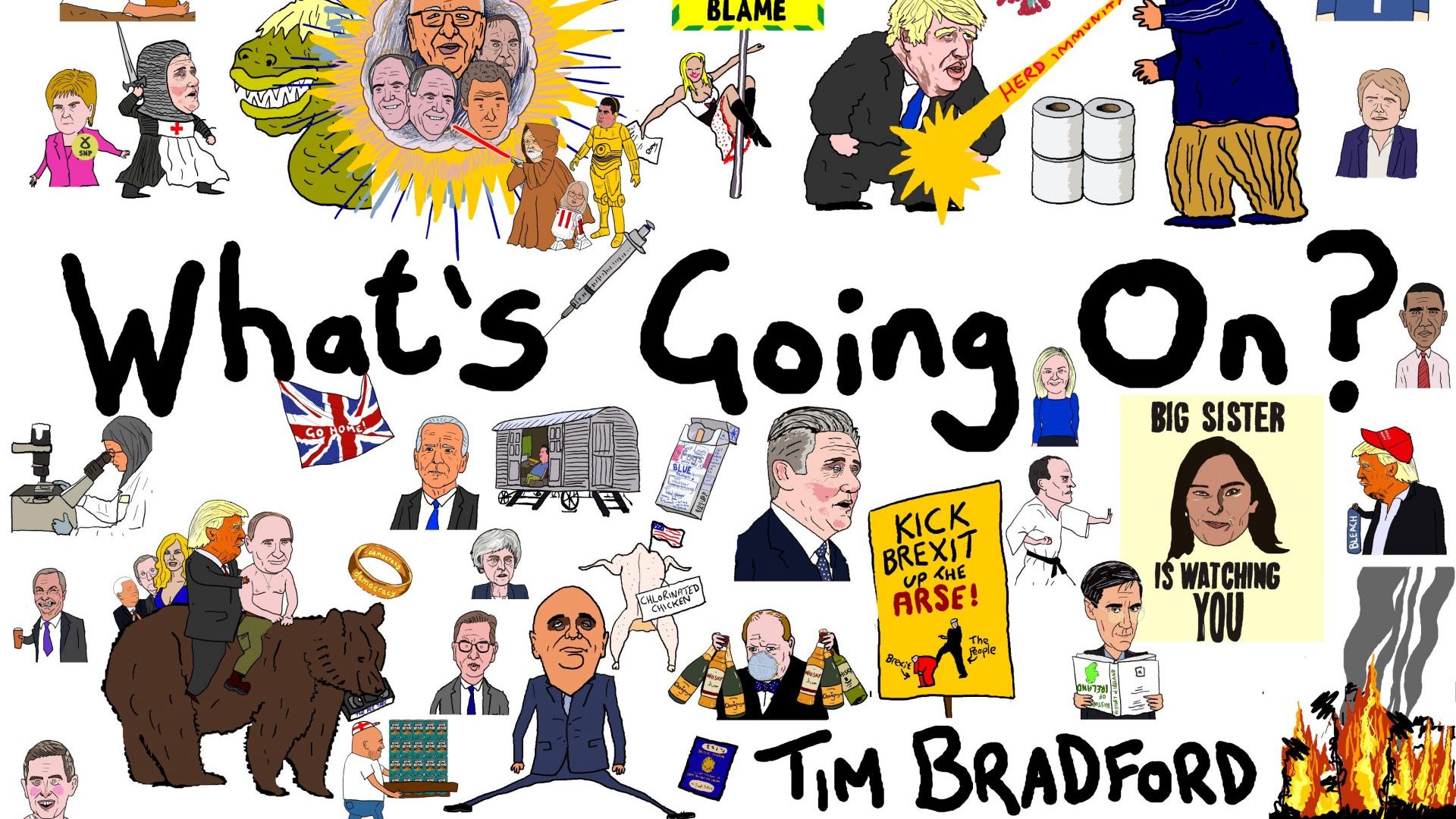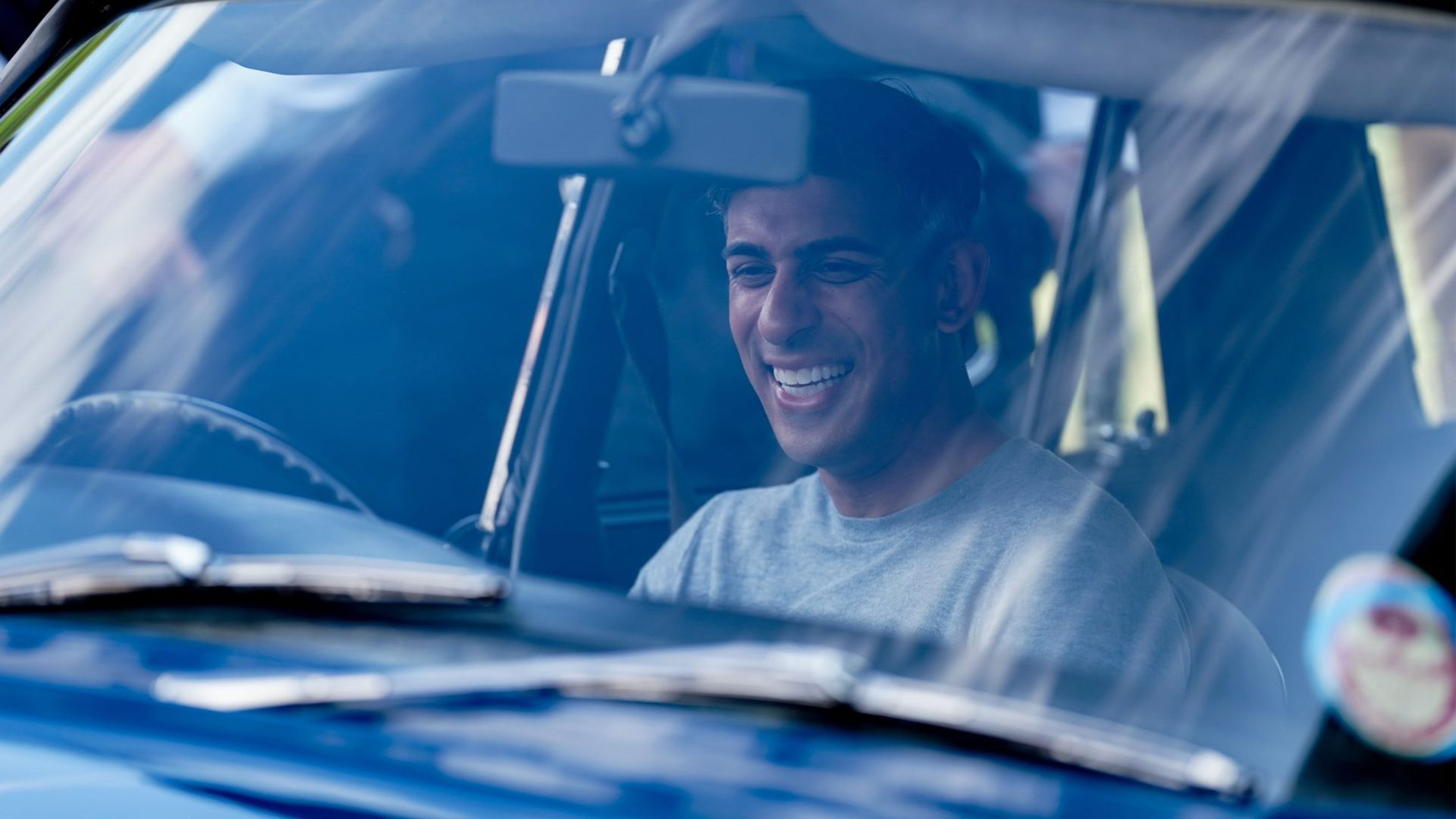Thirty years ago when photographer Ragnar Axelsson was on an assignment in the empty, icy, fringes of Greenland, he would pass the home of an old seal hunter. He was retired, he had time on his hands, time to spend hours gazing contemplatively out to sea.
After a few days they got talking, and during their conversation about the changes he had seen in his life, the man sniffed the air and pronounced: “There is something wrong. It should not be like this. The big ice is sick.”
For Axelsson, this was an eye-opener. He had been inspired as a young photographer by accounts he had read of the explorers of the 16th and 17th century and for him, it was little more than an adventure, following in their footsteps. But now, meeting the old hunter, made him think about a way of life which was – and is – disappearing under the inexorable weight of global warming. He resolved to record the lives of the farmers, fishermen and hunters of the Arctic region, and open the world’s eyes to a crisis about which it knows little.
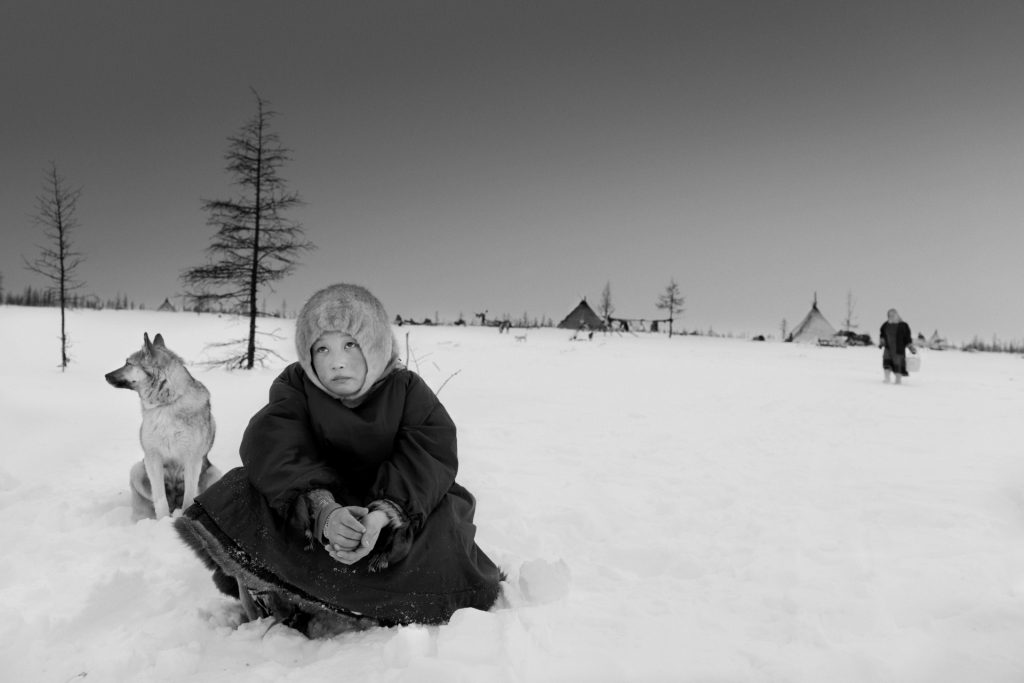
The result can be seen in his photographic essay, Where the World Is Melting, which combines majestic scenes of landscapes laid bare by receding ice caps with the haunted faces of the people who fear that a way of life which has remained fundamentally unchanged for centuries is in peril, worse, maybe doomed to extinction.
Axelsson from Iceland is one of 12 photographers shortlisted for the Prix Pictet prize worth 100,000 Swiss francs. The award aims to promote debate on sustainability and focuses each year on a different theme, such as Water, Fire or Consumption and this year, Human, with the winner to be announced at the Victoria and Albert Museum, London, on September 29 and to be exhibited until October 22.
Entries include subjects such as the plight of villagers in Peru suffering from water polluted by mining; the poor, the unhoused, and the marginalised in Rajasthan, India; and refugees fleeing economic and humanitarian disaster in South America through the Darién Gap between Colombia and Panama, only to find rejection at the US border.
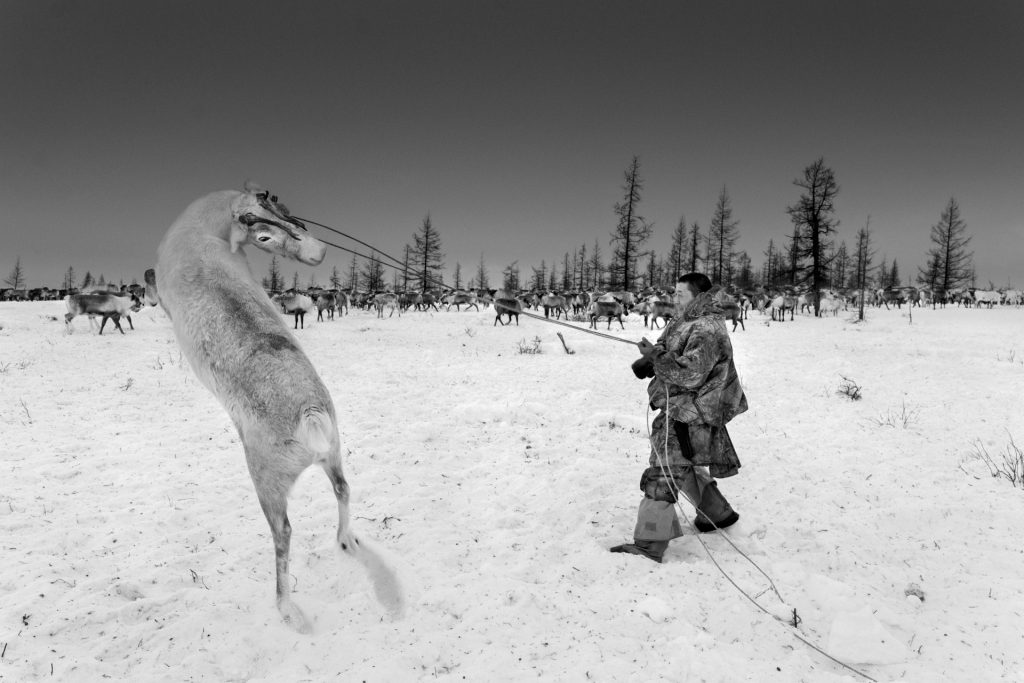
Polish photographer Michał Łuczak’s Extraction is born out of his demanding childhood in Upper Silesia, a region of Poland, where coal has been mined for more than 200 years. The result, an unrelentingly grim record of dust, grime and “baleful air.”
In War Diary, Ukrainian Gera Artemova, 50, has created a series of diptychs which record, in stark black and white, the way conflict is disfiguring her country. To take one example, photographed in the village where she fled briefly from Kviv after the invasion, one image shows a Ukrainian Air Defence plane glimpsed through the branches of trees. In the other, in moving contrast, a stork flies peacefully above the same trees.
In her manifest for the competition, she writes: “War Diary is also about the value of life and striving to find crumbs of normality in absolutely abnormal circumstances. It is not only about trying to survive and protect loved ones, but also about keeping the essence of human beings.”
Survival is at the heart of Axelsson’s work. He knows as well as the best-informed scientist the speed with which global warming is affecting the environmental balance of the Arctic. This year a report claimed that the region is warming up to seven times faster than global averages with temperatures up to 40 degrees Celsius above the seasonal average during 2022.
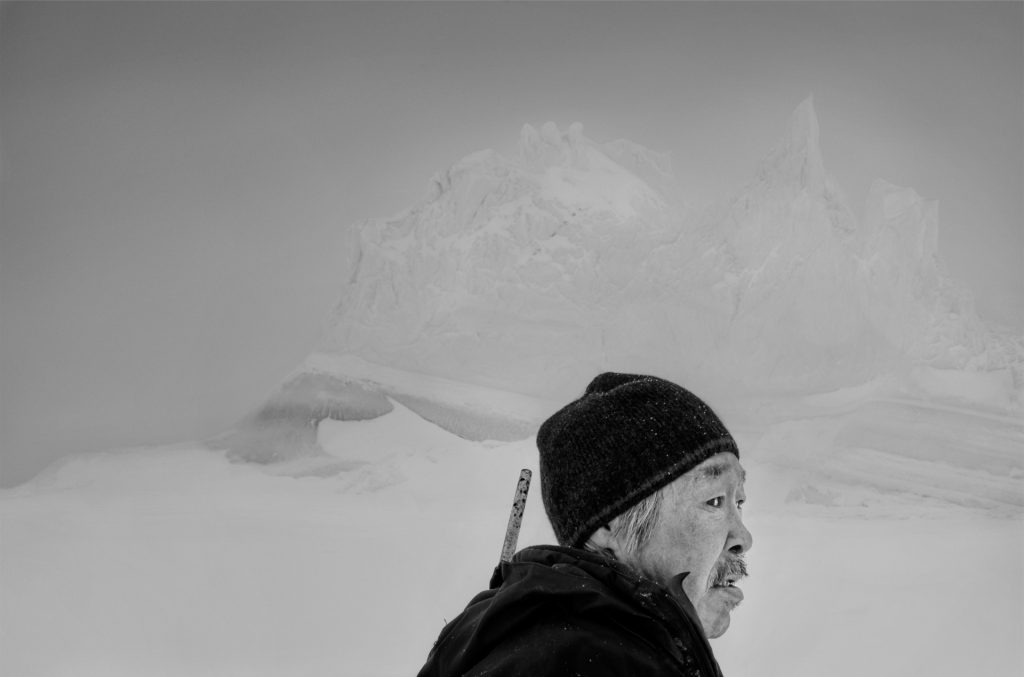
But what he brings to the bald facts of scientific data are vivid illustrations of the crisis facing people who consider they have been forgotten by the outside world.
The starkly beautiful landscape of the Kötlujökull glacier in Iceland, which emerges out of a foreboding sky, blackened by ash which has risen to the surface as the ice has receded is as monumental as something out of Lord of the Rings, says Axelsson.
The crater of the Snæfellsjökull volcano, also in Iceland, is a fantastical composition with the shadow of the photographer himself tiny against the pulsating might of an iceberg half hidden by mist. If it seems other-worldly it could be because the volcano is famed as the entrance for the adventurers in Jules Verne’s Journey to the Centre of the Earth. Scientists estimate the glacier could disappear in the next 30 to 40 years.
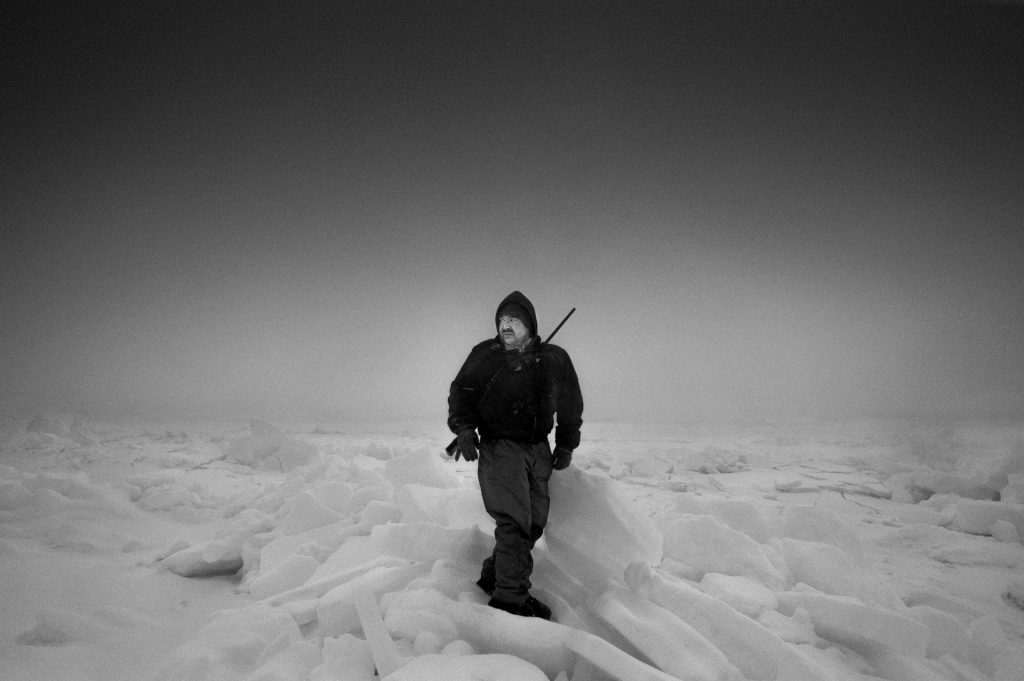
Because he has shared their arduous life on and off for almost 40 years, Axelsson has gained the trust of the people and become “an ambassador of their existence” by giving them a voice with his photographs. That kinship is reflected in the images of the people and the stories they have to tell.
One is Inuit hunter Jens Emil from Kape Hope, Greenland. Taken in 2022, the village, once busy with hunting and fishing, had been abandoned leaving Emil as the last, lonely, person still there. Everyone he knew, his friends, his women, had gone. The pain in his eyes tells it all. “There is no hope in Kape Hope,” he laments.
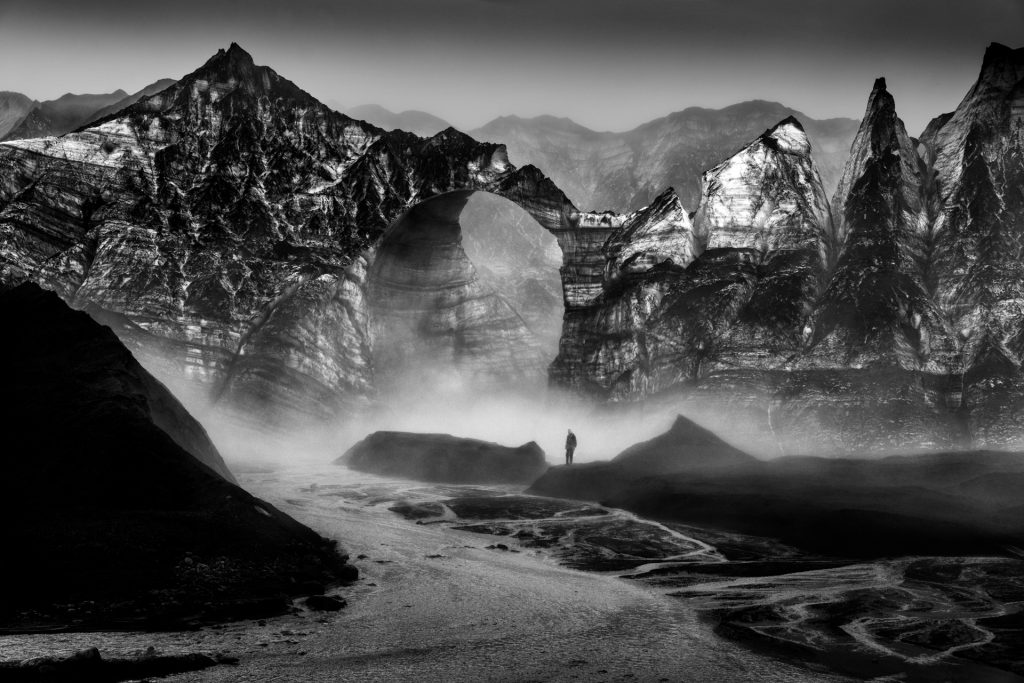
This sense of a solitary existence, of people against a difficult and disintegrating world, is a constant theme for Axelsson such as the series he made on the Nenets (2016), an indigenous Siberian people who rely on selling reindeer meat and skins. A herder trudges through the bleakness to find ground for his flock of reindeer, he uses a traditional lasso to rein in a beast, which plunges and lunges to escape. A child sits gloomily on the snow with her dog by her side.
“The reason I photographed that little girl was because the villagers were talking about their future and I wanted to catch those worries in her eyes,” he says.
No wonder. In Greenland, villages are being abandoned, suicide rates are high. The young generation would rather go to school than hunt or fish. They would rather live in the warm than in a tent or a cabin in fierce weather. They would prefer to see movies, hang out in cafes and enjoy the kind of life and leisure that would be alien to their forbears.
That uncertainty about the future is etched on the face of an Inuit hunter picking his way awkwardly though jumbled chunks of ice in east Greenland which had been broken up by a storm and strong ocean currents. He was waiting for his brother to bring the dog sled to carry the prey they had hunted.
If he could have one wish, what would it be, asked Axelsson? Without hesitation, the hunter replied: “Give me 25 years back in time when the sea ice was safe.”


